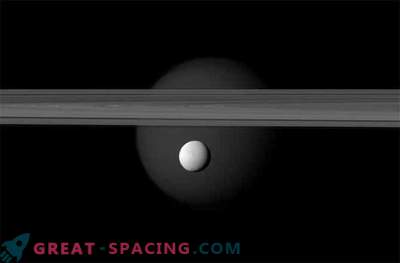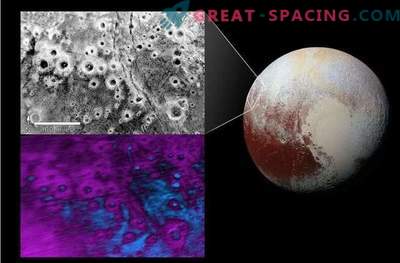
This is a composite image of the Moon taken by the LRO orbiter in June 2009. Note the presence of dark areas - the sea
A recent study indicates that the elongated bright bands that reach lunar craters are in reality much longer than it seems. It turns out that a powerful radiation and shock space environment transforms the composition of a thin upper layer of an earth satellite, causing it to darken. If you dig deeper, you can see these bright stripes that appear when a space object falls.
From this it turns out that the brightest and most striking crater beams were created with the most recent falls. Most of the craters do not have rays, because they are ancient. Scientists decided to study in detail some of the formations, looking at their length and size of craters, in order to derive an equation capable of describing the phenomenon. Back in the 1970s A study was conducted where they observed a relationship between the size of the crater and the length of the visible beam, but never put forward a physical explanation. The crater must have a certain size so that its ejected debris will destroy the dark surface layer and expose the bright material, forming the observed rays. It is worth noting that the crater rays are also observed on Mars, but they are much longer than their lunar counterparts. The fact is that the Red Planet is different in the process of weathering.











































